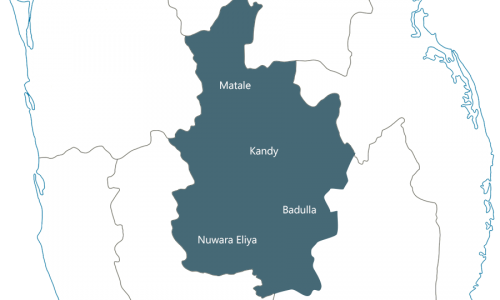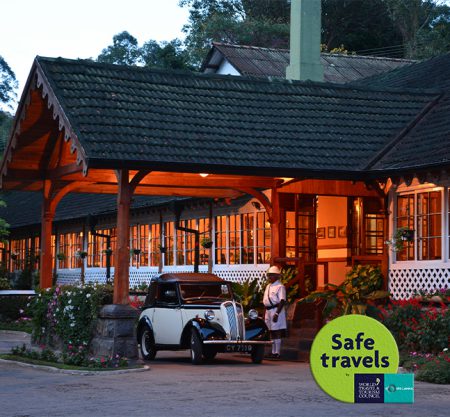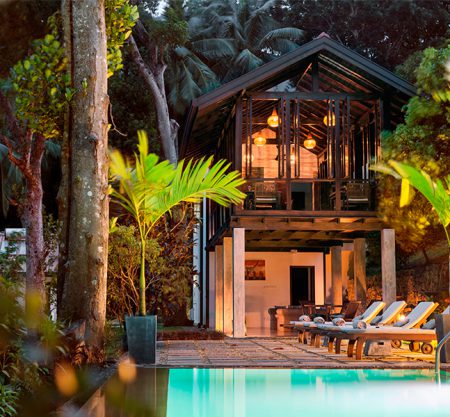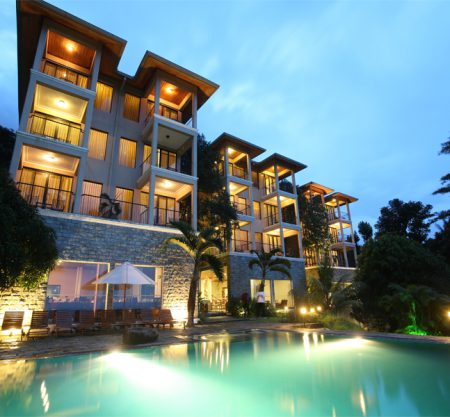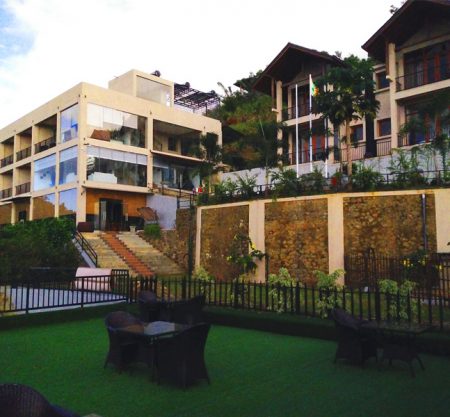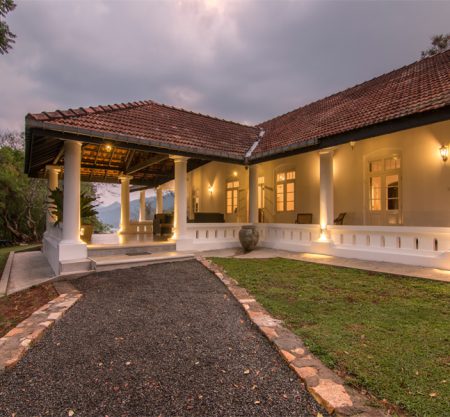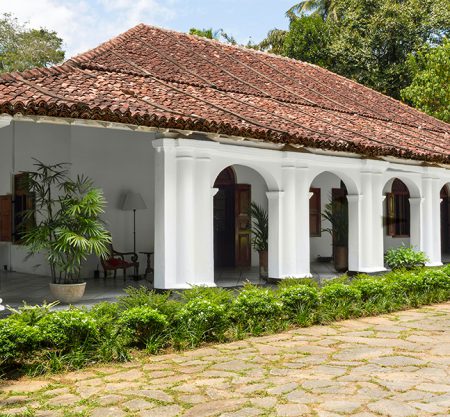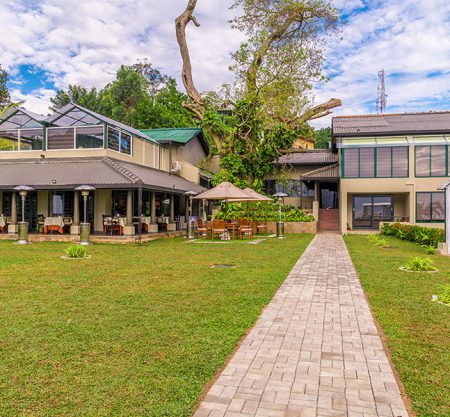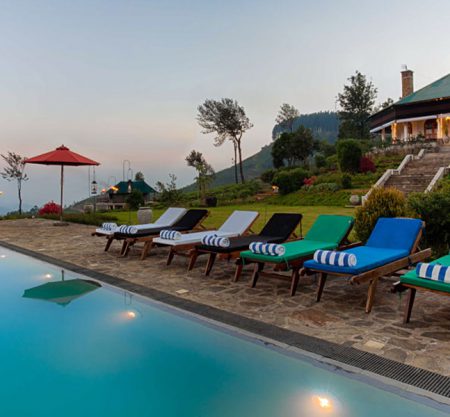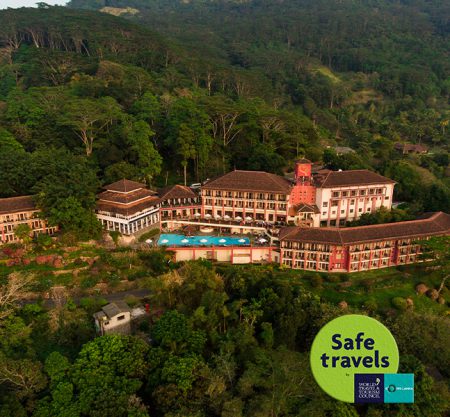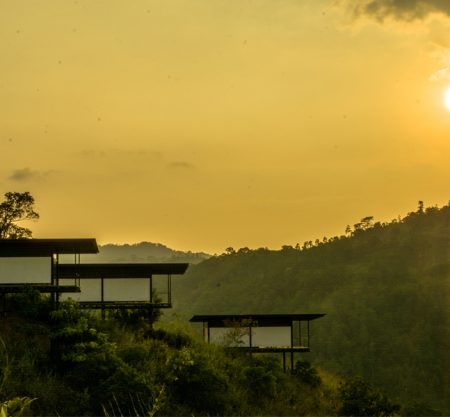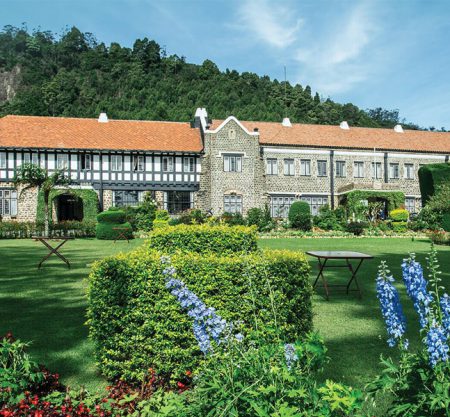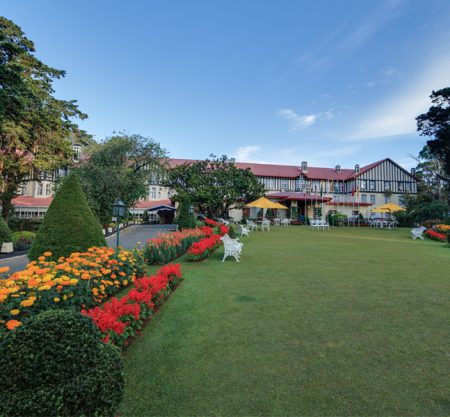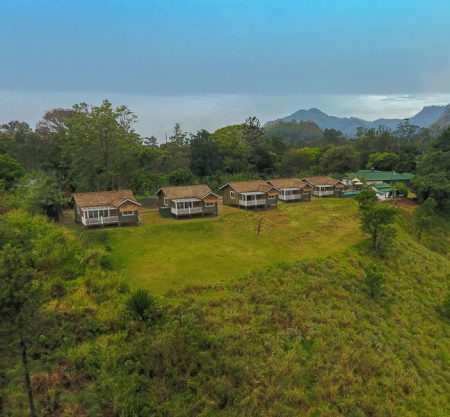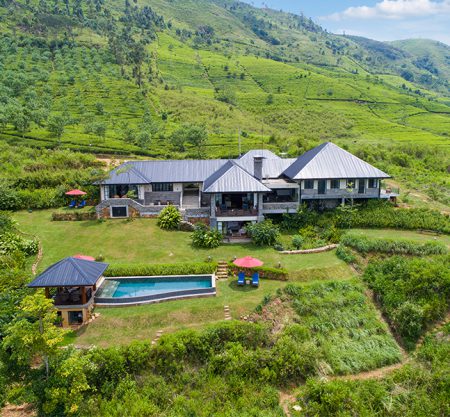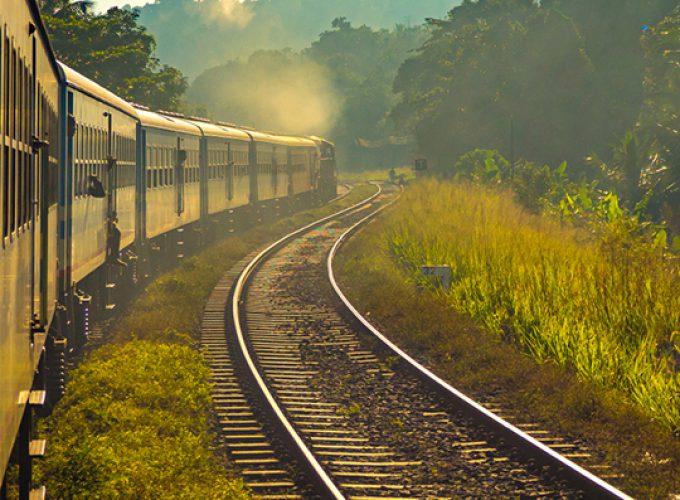Kandy & Highlands
Kandy, the last kingdom of Sri Lanka is also a major town in the central and the hill highland zone. Highlands are a geographically a hotspot for bio diversity from around the country. From the historically important last kingdom of Sri Lanka being Kandy and leveling with many archeological and naturally important locations, including the highland primary forests such as Horton Plains, the zone is one of the largest zones in the country with 2,558,716 people as per 2011 statistics. Until the mid 19th century the zone politically maintained sovereignty right before the country went to British ruling. The population demographics consist of a mixture of all ethnicities with Sinhala Buddhists and Tamils taking up a majority of the population. The climate is cool, and many areas above 1,500 meters often have chilly nights. The western slopes are very wet, some places have almost 7,000 mm of rain per year. The eastern slopes are parts of the mid-dry zone as it is receiving rain only from North-Eastern monsoon. The temperatures ranges from 24°C at Kandy to just 16°C in Nuwara Eliya, which is 1,889 m above sea level. Zonal economic aggregates make in at agriculture and tea is a crop making a highest contribution. The higher central parts of the zone known as the central highlands are known to be a UNESCO world heritage area due to its high sensitive bio zones. The biggest known Buddhist festival, the Dalada Perahera based behind the temple of tooth in Kandy is among one of the festivals the zone is known for and the next most known is the April flowering season and related celebration basing Nuwara Eliya town.

